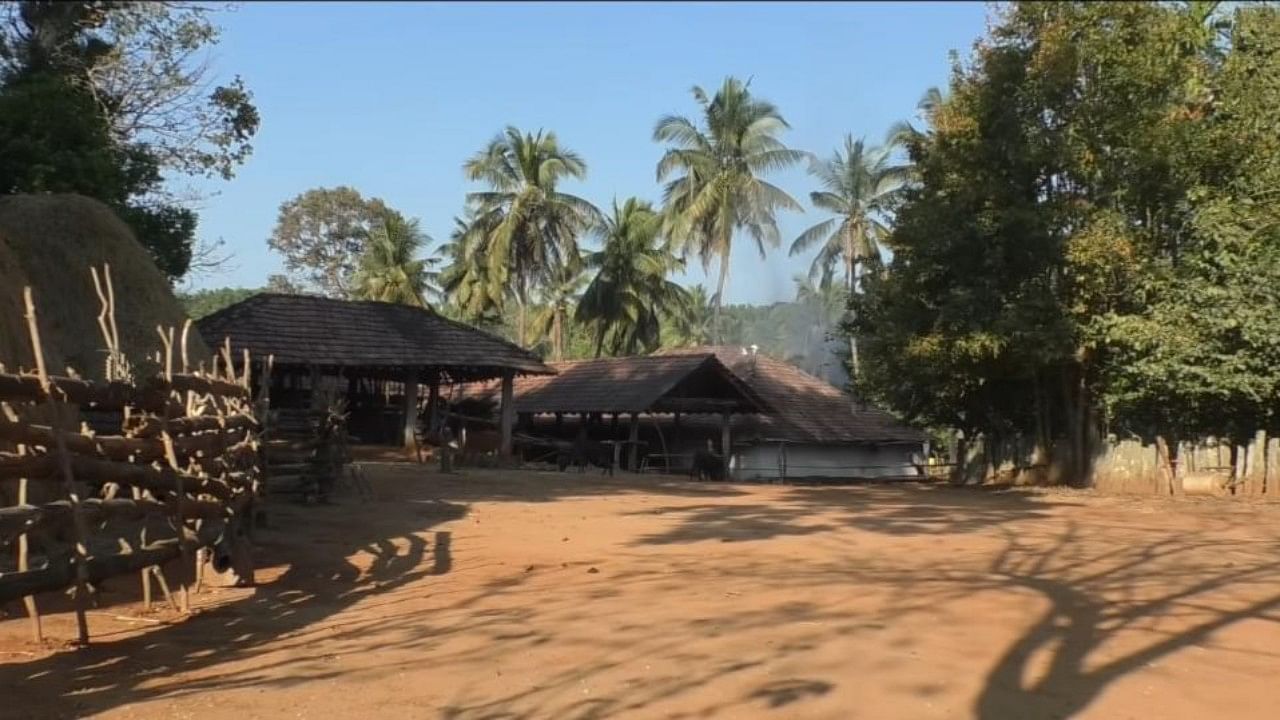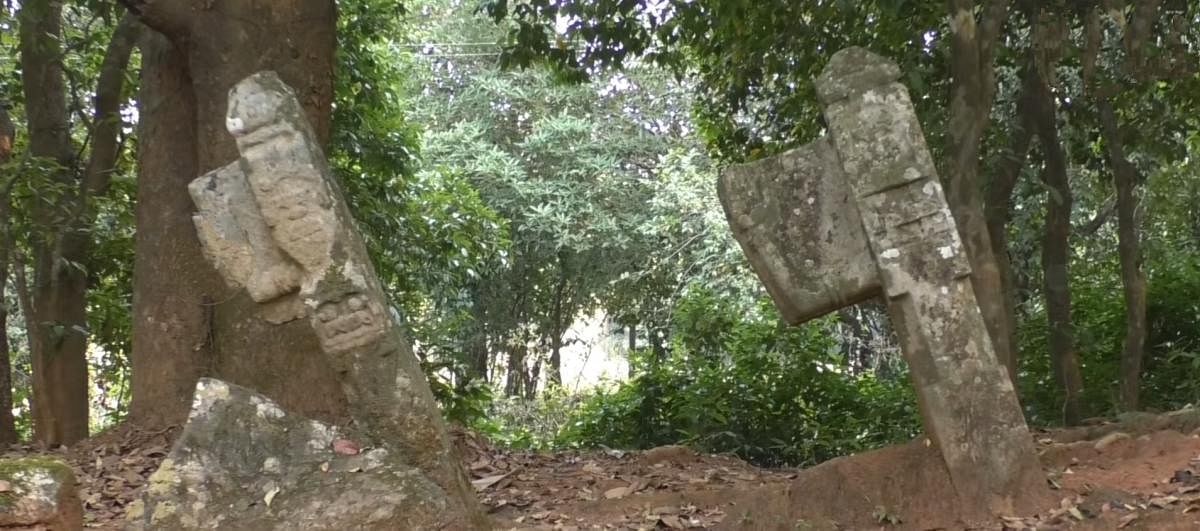

Many aspects of Purandara Dasa, widely regarded as one of the founding proponents of Carnatic music, have found their way into the public imagination but his birthplace remains shrouded in mystery. Thought to be born in 1484, the saint-poet is said to have composed about five lakh kritis, keertanas and ugabhogas in Kannada and Sanskrit.
Many were of the belief that the mystic saint was born in Purandhargad, a fortress town in Pune, Maharashtra. Cultural enthusiasts in Malnad, however, claimed he was born in Araga, near Thirthahalli. Under the directions of the state government, Kannada University constituted a five-member committee to determine the accuracy of the claims regarding Purandara Dasa’s birthplace. The committee’s report has not been made public.
The Purandar fort, located about 50 km from Pune, has evidence of many a battle involving the Marathas, the Mughals and even the British but has no evidence of the birth of Purandara Dasa.
Similarly, Araga has little clinching archaeological or inscriptional evidence. There is, however, evidence that the location was an important province during the Vijayanagara rule. According to B L Rice’s Epigraphia Carnatica, “most of the Vijayanagara inscriptions — in Shivamogga — are concerned with Araga kingdom, or as it is sometimes called, the Male Rajya or hill kingdom, of which Araga, was the capital.”
According to the Karnataka State Gazetteer of Shimoga District, published in 1975, “Harihara and his four brothers (belonging to Vijayanagara kingdom) established full control over all parts of the former Hoysala kingdom. Marappa, the fourth brother, was made the governor of the Araga rajya.”
Araga also finds a notable mention during the rule of Keladi Nayakas, a dynasty that rose to prominence during the 15th century.
These details clearly establish Araga’s position as a seat of power and centre of culture in the yesteryears. But for these writings, no other evidence is found of the saint-poet’s birthplace.
Fresh claim
Keshavapura or Kshemapura is the newly claimed birthplace of Purandara Dasa. The unassuming hamlet is situated three kilometres from Araga centre. Scattered evidence found around Dasanagadde, Vartekeri and Vittalanagundi (situated around Keshavapura) is in support of the claim.
Many artefacts said to be remotely related to the mystical poet have been found in a Keshavapura resident’s land. Situated amidst thickets, the plot has a dried-up stream and is surrounded by hills to the East. Ruins of foundations found within the plot hint that centuries ago a village may have stood at the location. A saint’s idol was found while a resident was ploughing land. A few carved stones, broken clay pots and grinding stones have also been found here.
Locals believe that Purandara Dasa spent his formative years in Araga before he renounced worldly life and embraced Haridasa philosophy. They believe that the poet carried out diamond trading at Vartekeri which has the remains of a market.
Literary evidence also suggests Purandara Dasa’s affinity to the Malnad dialect. Honorary titles such as ‘Nayaka’ were in vogue in Male Rajya during the Keladi Nayaka’s rule.
Even to this day, Nayaka is a surname commonly used in and around Araga.
Although decisive archaeological proof that clearly establishes Purandara Dasa’s identity or his lineage has not been found in Araga so far, the location was certainly a cultural centre in the middle ages in Shivamogga.
The committee as well as the Archeological department have submitted their reports to the government.
It remains to be seen whether it is made public. Until then, Purandara Dasa’s place of birth continues to be elusive.
Check out the latest videos from DH: